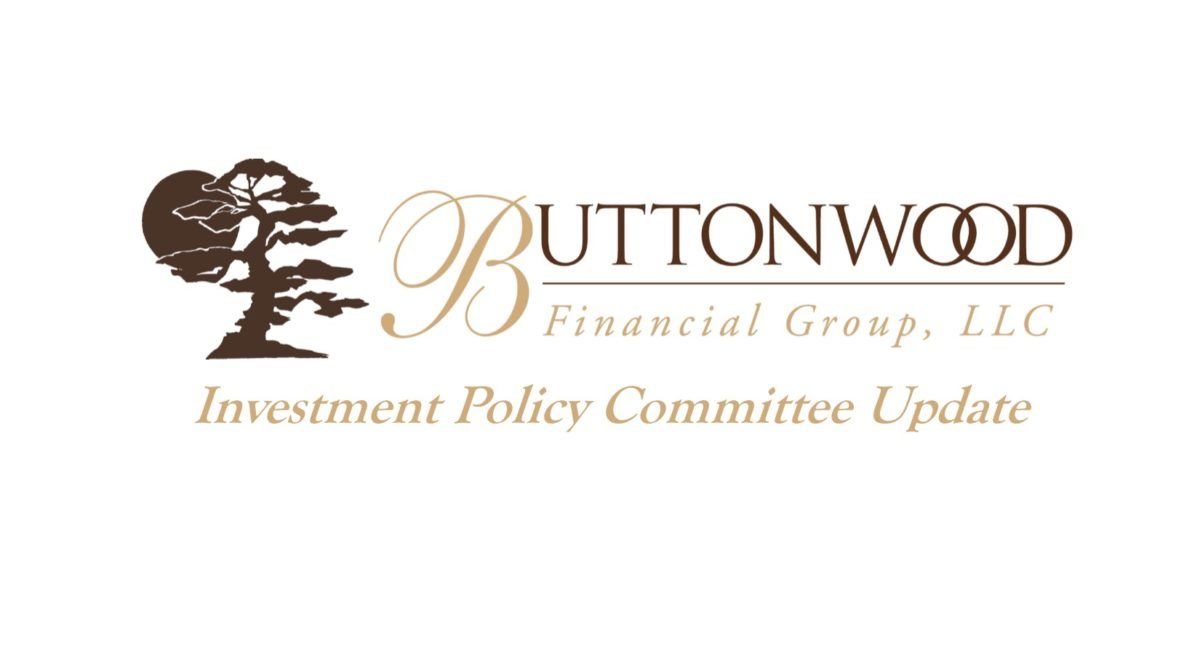Required Minimum Distribution Mistakes & Rules
We often see common mistakes when retirement investors begin taking their Required Minimum Distributions (RMDs). In our role as Family CFO, we proactively work with our clients to ensure your RMD strategy is optimized, allowing you to keep more of your hard-earned retirement dollars. We are always looking ahead to prevent unexpected hurdles families face without proper preparation.
Management of Required Minimum Distributions
After years of contributing to an IRA or qualified retirement account, you have enjoyed watching those dollar amounts increase over the years. It’s important to remember, though, not all of that money is yours to spend; the IRS wants their cut.
The year you turn 70 ½, you must begin taking Required Minimum Distributions (RMDs) from your retirement accounts and pay taxes on those withdrawals. Your required minimum distribution is calculated based on a combination of the value of your retirement accounts on December 31 st and your age.
You may be asking yourself, “Even if I don’t need it, does the IRS really force me to take money out of my retirement accounts?” The answer – is YES – in fact, if you miss the RMD deadline or take too little, you will incur a massive 50% penalty. Not to mention, you will still be required to take the distribution and pay ordinary income tax on the distribution you didn’t take.
Fortunately, with the right advanced planning, you are able to keep significantly more of your money. Below are examples of common mistakes we’ve seen when it comes to required minimum distributions.
1. Withdrawing the Incorrect Amount
As mentioned above, the penalty for not withdrawing the proper amount from your retirement accounts is a tax burden you don’t want to bear. It is crucial to ensure your calculations are correct.
2. Withdrawing From the Incorrect Account
Identify all accounts from which you must take an RMD – IRA, Inherited IRA, 401(k), 403(b), Roth 401(k), Inherited Roth IRA, etc. We recommend calculating the RMD for each account, then determine whether any of the RMDs can be aggregated for convenience or investment strategy reasons. The aggregation rules are complicated, so we recommend caution! For example: You can’t take a 401(k) plan RMD from an IRA or vice versa. Remember, if you are over 70 1/2, still working, and own less than 5% of the company you work for, you are not required to take RMDs from your current employer’s 401(k) plan.
Once you determine if there are RMDs that can be aggregated and taken from a single retirement account, take your RMD from the account that allows you to take advantage of the current investment market. Example: If the stock market is down, take your RMD from an IRA that is heavy in cash and bonds. If the stock market is up, take your RMD from your well-performing stock-heavy IRA.
The right account / the right amount is chock full of landmines:
- It is true that you can aggregate IRA’s. “You cannot take an employer plan RMD from an IRA or vice versa. We see this mistake all the time. An RMD must be taken from each employer plan that you might have. If you have two 401(k)s and a 403(b), you must take 3 separate distributions – one from each 401(k) and one from the 403(b). There is an exception for 403(b) plans. If you have more than one 403(b), you can calculate each RMD and then combine them and take them from any 403(b) account you have.” (IRAHelp.com)
3. Spending Your RMDs
While you are required to take money out of retirement accounts, there is no requirement to spend that money. Rather, you can take your RMD and reinvest it into a regular investment account (you can’t deposit your RMD back in your retirement account). This allows for additional growth of assets to produce higher retirement cash flows down the road.
4. Accumulating Too Much in Tax-Deferred Accounts
While you might enjoy watching the dollars in your IRA accumulate over decades, you may want to reconsider. If you simply let your IRA accounts grow until you turn 70 ½, you may be missing an important tax diversification strategy that can help you grow tax-free assets for the future! The more you accumulate in your IRAs, the more you will be paying to the IRS when RMDs begin. Instead, during low income years, make Roth conversions to fill up lower tax brackets. The year of a job transition or the years between retirement and 70 1/2 can be ideal for this strategy.
5. Not Taking Advantage of a 10-Year of Younger Spouse Beneficiary
Your RMD will also take into consideration the age of your beneficiary, assuming you have properly reported these details to each custodian where you have a retirement plan. (Be aware; by default, most custodians don’t use spousal birth date when calculating RMDs.) If your spouse is 10 years or younger, your RMD will be lower. We regularly see savings of 5% or more on RMDs when the Spousal Rule is properly implemented.
6. Not Taking Advantage of Annual 401(k) Review
During years when you have lower income, we recommend shifting your savings to your Roth IRA. While in a lower tax bracket, it makes sense to contribute to a tax-free account to continue growing your assets because your potential tax liability will be less for that year (same logic as Roth conversion strategy above in #4). During years with higher income, shifting your contributions to a traditional 401(k) or other tax-deferred account can keep you in a lower tax bracket, leaving more money in your pocket.
7. Not Taking Advantage of Qualified Charitable Distributions
When you begin taking RMDs, you may move to a higher tax bracket. As such, tax credits and deductions you are used to may no longer be available to you. However, qualified charitable distributions (QCDs) are a great way for the charitably inclined to minimize tax burden.
Up to $100,000 can be excluded from your total taxable income when using a QCD after you’ve reached 70 ½. It is important to note, QCDs must be directly transferred from your IRA to a qualified charity (watch QCDs with donor advised funds and private family foundations). If you take your RMD out of your IRA, then contribute to a qualified charity, you will still face a significant tax bill because the IRS sees this as taxable income.
8. Not Naming the Right Beneficiary
When naming your beneficiaries, your first instinct may be to list your spouse only. However, you could be missing savings opportunities by leaving your younger generations out. We recommend utilizing a stretch IRA. “A stretch IRA is an estate planning strategy that extends the tax-deferred status of an inherited IRA when it is passed to a non-spouse beneficiary. It allows for continued tax-deferred growth of an [IRA],” from Investopedia.com.
If your younger generation is properly listed as a beneficiary, you can stretch RMDs over their lifetime. We often use this strategy to ensure our clients aren’t jumping up to a much higher tax bracket and ensuring financial success for younger generations. If you list multiple beneficiaries, RMDs are calculated at the age of the oldest beneficiary.
Additionally, you can choose to list a trust as your beneficiary. In order to properly do this, you must make sure it’s a qualified trust. In other words, can your trust hold IRA assets? If it’s not qualified, taxes are due at your date of death. Coordinating retirement plan beneficiaries with your estate and legacy planning should be reviewed with your estate planning attorney.
Life Is Complex
We fully understand how overwhelming RMD management can be. If you don’t have the detailed knowledge to properly calculate your required minimum distribution, proactively working with a team of professionals can greatly reduce adverse tax consequence.
Having a Family CFO thinking about your strategy can save you thousands. Between ages 59 1/2 and 70 1/2, opportunities exists to alleviate your tax burden later in life. We often convert portions of IRA assets to tax-free accounts for our clients. By taking these distributions little-by-little and putting them into other accounts, you pay the taxes now and avoid jumping to a higher tax bracket when RMDs start, thus, saving your and your family money.
If you would like to discuss your RMD and overall financial strategy in detail, contact us today for an informal conversation.
The post Required Minimum Distribution Mistakes & Rules appeared first on Buttonwood Financial Group, LLC.
Recent Buttonwood Articles
Are you ready to explore the benefits of your very own Family CFO?







